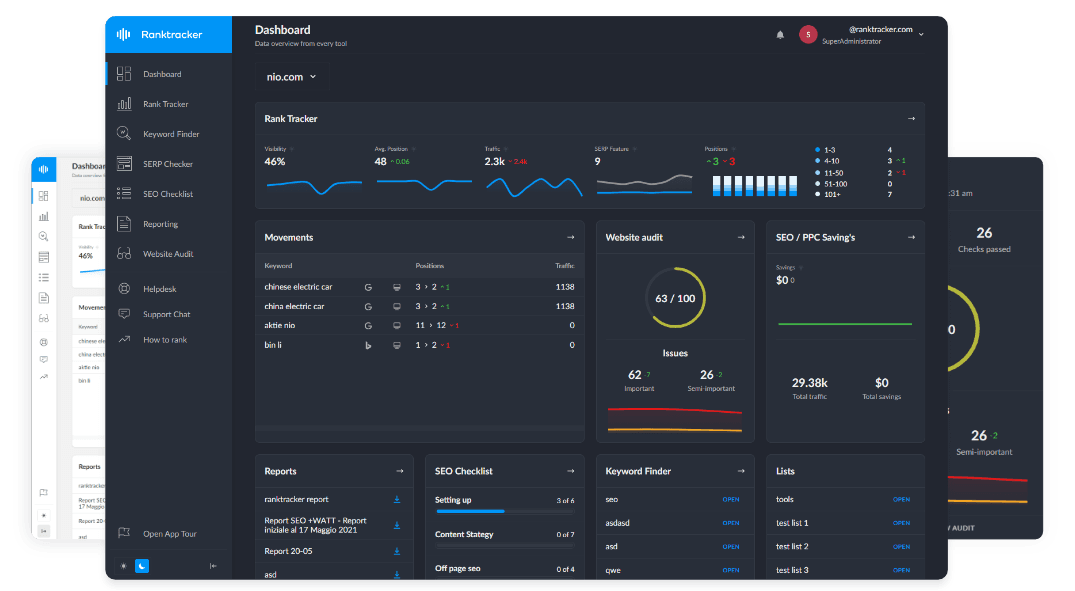Intro
Modality refers to the different content formats (text, images, video, audio, interactive elements) used to present information. Search engines evaluate modality to determine content relevance, engagement potential, and user intent fulfillment.
Why Modality Matters for SEO:
- Enhances user experience and engagement.
- Improves content accessibility and search visibility.
- Increases SERP feature eligibility (video carousels, featured snippets, image search).
How Search Engines Use Modality for Rankings
1. Matching Content Formats to Search Intent
- Google ranks different modalities based on query type.
- Example:
- "How to tie a tie" → Videos and image-rich tutorials rank higher than plain text.
2. Boosting Engagement & Dwell Time
- Multimedia-rich pages hold users longer, signaling relevance.
- Example:
- A blog with videos, infographics, and step-by-step visuals has lower bounce rates than text-only content.
3. Improving SERP Features & Discoverability
- Different content types appear in Google Discover, Image Search, and Video Snippets.
- Example:
- "Best DSLR cameras" → Google favors comparison tables, image galleries, and expert reviews.
How to Optimize Modality for SEO
✅ 1. Use a Mix of Text, Images, and Video
- Integrate visuals and multimedia based on user intent.
- Example:
- A guide on "SEO Best Practices" should include explanatory videos and diagrams.
✅ 2. Optimize Images & Alt Text
- Use descriptive filenames, alt attributes, and structured data.
- Example:
- "seo-ranking-factors-2024.jpg" instead of "image123.jpg".
✅ 3. Implement Video & Audio SEO
- Use YouTube SEO best practices, transcriptions, and structured data.
- Example:
- Adding video transcripts and closed captions improves accessibility and rankings.
✅ 4. Leverage Interactive Elements
- Use polls, quizzes, and calculators to boost engagement.
- Example:
- A "SEO ROI Calculator" increases session duration and backlink potential.
✅ 5. Optimize for Google’s SERP Features
- Implement FAQ Schema, Video Schema, and Image Markup.
- Example:
- A "How-To" article should use step-by-step markup for featured snippets.
Tools to Track & Improve Modality in SEO
- Google Search Console – Monitor image, video, and structured data performance.
- Ranktracker’s Web Audit Tool – Analyze content engagement across different formats.
- Surfer SEO & Clearscope – Optimize modality relevance for search intent.
Conclusion: Leveraging Modality for SEO Success
Optimizing for modality ensures content matches user preferences, improves engagement, and ranks in diverse search results. By incorporating videos, images, interactive tools, and structured data, websites can enhance search visibility and user satisfaction.

